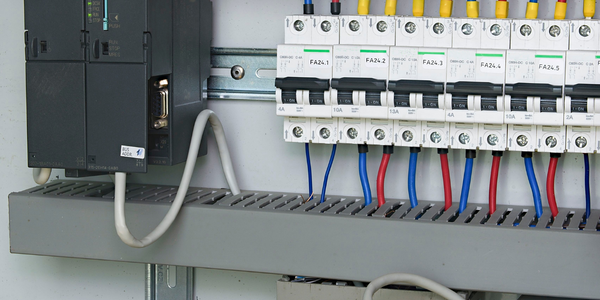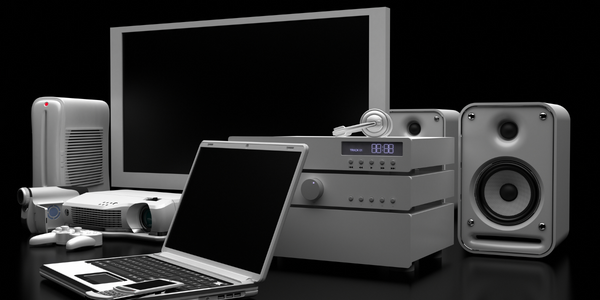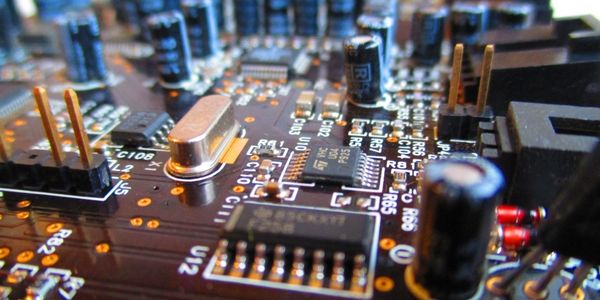公司规模
Large Corporate
地区
- America
- Asia
国家
- United States
- China
产品
- JDA® Web Commerce
- JDA® Enterprise Architecture
技术栈
- Cloud Services
- E-commerce platform
实施规模
- Enterprise-wide Deployment
影响指标
- Cost Savings
- Revenue Growth
- Customer Satisfaction
技术
- 平台即服务 (PaaS) - 应用开发平台
- 平台即服务 (PaaS) - 连接平台
适用行业
- 电子产品
适用功能
- 销售与市场营销
- 商业运营
用例
- 供应链可见性(SCV)
服务
- 云规划/设计/实施服务
- 系统集成
关于客户
联想是一家全球个人科技公司,致力于开发卓越的个人科技。2005 年,联想收购了 IBM 的个人电脑 (PC) 部门,其全球业务迅速扩张。此次收购为联想的快速有机增长奠定了基础:凭借其在中国的主导地位,联想的收入从 2006 年的 130 亿美元增至 2011 年的 210 亿美元。联想的全球客户群遍布六大洲。联想是全球第二大个人电脑供应商,并且继续以领先市场 40-50% 的速度增长,有望成为全球个人电脑市场的领导者。
挑战
联想是一家全球个人技术公司,2005 年收购 IBM 个人电脑 (PC) 部门后,其全球业务急剧扩张。此次收购为快速有机增长奠定了基础,公司收入从 2006 年的 130 亿美元增至 2011 年的 210 亿美元。然而,联想在支持其遍布六大洲的全球客户群的电子商务计划方面面临着巨大挑战。该公司的网站可用性约为 89%,这意味着每 100 小时,就有 11 小时无法交易。这导致了销售损失、客户满意度问题和品牌问题。此外,联想需要一个可以处理不可预测的负载并根据季节性事件大幅扩展的系统。
解决方案
联想与 JDA Software 合作,在 JDA 敏捷业务流程平台 (ABPP)(现为 JDA 企业架构的一部分)上实施了其 Web 商务解决方案。JDA Web 商务增强了联想可配置技术产品的在线购买流程,使该公司能够向客户做出更可靠、更有利可图的订单承诺。该解决方案还具有先进的定价结构,例如基于数量的折扣和特殊客户折扣、促销和其他各种定价调整。由于实施时美国数据中心容量有限,联想决定通过 JDA 云服务部署 JDA 的 Web 商务解决方案和平台。如今,JDA 管理联想应用 JDA Web 商务和 JDA ABPP 背后的所有硬件、软件和技术基础设施。联想还与 JDA 云服务合作,根据从客户那里收到的反馈优化 Web 商务解决方案。
运营影响
数量效益

Case Study missing?
Start adding your own!
Register with your work email and create a new case study profile for your business.
相关案例.

Case Study
Remote Temperature Monitoring of Perishable Goods Saves Money
RMONI was facing temperature monitoring challenges in a cold chain business. A cold chain must be established and maintained to ensure goods have been properly refrigerated during every step of the process, making temperature monitoring a critical business function. Manual registration practice can be very costly, labor intensive and prone to mistakes.

Case Study
Predictive maintenance in Schneider Electric
Schneider Electric Le Vaudreuil factory in France is recognized by the World Economic Forum as one of the world’s top nine most advanced “lighthouse” sites, applying Fourth Industrial Revolution technologies at large scale. It was experiencing machine-health and unplanned downtime issues on a critical machine within their manufacturing process. They were looking for a solution that could easily leverage existing machine data feeds, be used by machine operators without requiring complex setup or extensive training, and with a fast return on investment.

Case Study
Cloud Solution for Energy Management Platform-Schneider Electric
Schneider Electric required a cloud solution for its energy management platform to manage high computational operations, which were essential for catering to client requirements. As the business involves storage and analysis of huge amounts of data, the company also needed a convenient and scalable storage solution to facilitate operations efficiently.

Case Study
Leveraging the IoT to Gain a Competitive Edge in International Competition
Many large manufacturers in and outside Japan are competing for larger market share in the same space, expecting a growing demand for projectors in the areas of entertainment, which requires glamor and strong visual performance as well as digital signage that can attract people’s attention. “It is becoming more and more difficult to differentiate ourselves with stand-alone hardware products,” says Kazuyuki Kitagawa, Director of Service & Support at Panasonic AVC Networks. “In order for Panasonic to grow market share and overall business, it is essential for us to develop solutions that deliver significant added value.” Panasonic believes projection failure and quality deterioration should never happen. This is what and has driven them to make their projectors IoT-enabled. More specifically, Panasonic has developed a system that collects data from projectors, visualizes detailed operational statuses, and predicts issues and address them before failure occurs. Their projectors are embedded with a variety of sensors that measure power supply, voltage, video input/ output signals, intake/exhaust air temperatures, cooling fan operations, and light bulb operating time. These sensors have been used to make the projector more intelligent, automatically suspending operation when the temperature rises excessively, and automatically switching light bulbs. Although this was a great first step, Panasonic projectors were still not equipped with any capability to send the data over a network.









